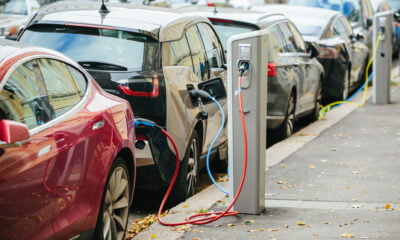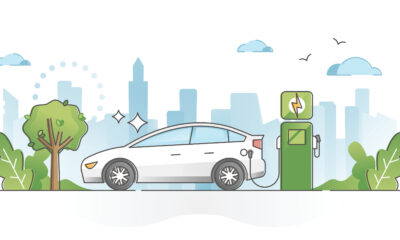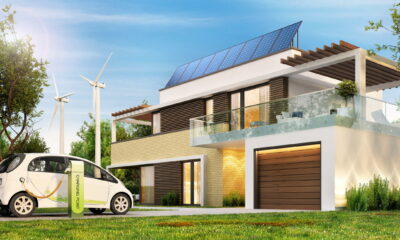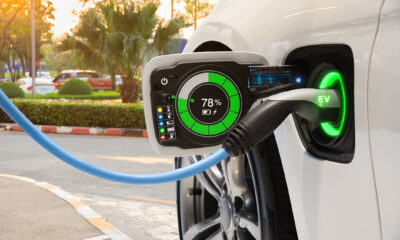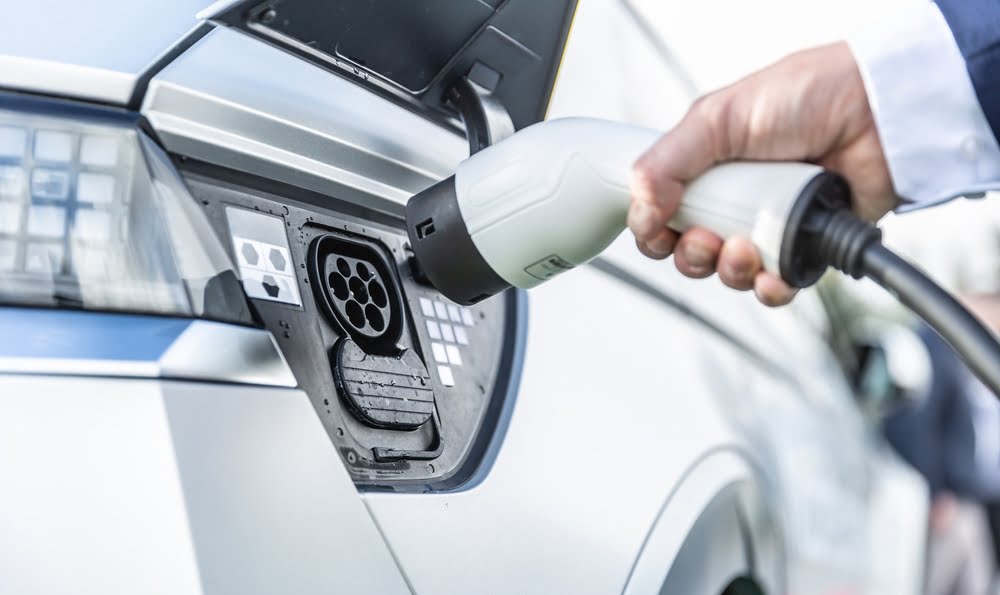
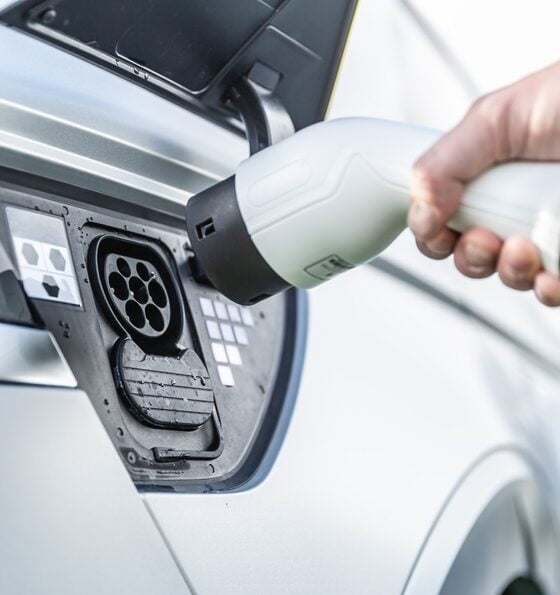
Energy
The Role of Smart Technology in Managing EV Charging Stations
The last 150 years or so have seen an increasingly rapid advancement in technology. While the first several millennia of human history saw slow but steady progress in terms of technology, the last century has accelerated that progress to the point where world-changing inventions and developments are happening at the same time as each other. What’s more, these newly developed technologies are often merged together. One example is the connection between electric vehicles and smart technology.
While it’s true that electric vehicle technology has been around for over a century, there’s no denying the fact those early EVs had a long way to go before they became practical modes of transportation. And despite the existence of smart technology for well over a decade, it’s only been in the last few years that smart tech has become reliably integrated into existing systems.
Let’s take a closer look by examining the role of smart technology in managing EV charging stations:
Real-time monitoring
Electric vehicle charging stations are tasked with taking electrical currents from the power grid and delivering the electricity to the rechargeable battery contained in every EV. As a result, the variations in energy consumption and usage patterns can vary daily. Any means to monitor these fluctuations is an advantage. Enter real-time monitoring courtesy of smart technology. The data collected can be used to optimize charging station usage, detect malfunctions, and reduce downtime.
Dynamic pricing
Most power grids in most countries operate with dynamic pricing; the greater the demand, the higher the price. This means electricity costs more during peak times of the day and less during drops in demand, usually at night. Utility companies and private EV charging services are applying the same principle to charging electric vehicles, courtesy of smart technology. Doing so helps prevent overloading the grid while also making charging more affordable during off-peak hours.
Integration with renewable energy
As mentioned in the introduction, modern technology is advancing at a record pace to the point where we’re blessed with multiple innovations happening at once. Renewable energy systems, such as solar panels and wind farms, are an example of these modern marvels. Smart technology can be used to integrate EV charging with renewable energy sources courtesy of real-time monitoring. For example, the system can connect to a solar panel array on sunny days and be reconfigured during overcast days without the need for a person to manage that transition.
Remote management
Remote work is all the rage these days, but the reasons behind it go far beyond work-life balance. The truth is remote work is more cost-effective and efficient, assuming there’s technology to support it. When it comes to managing EV charging stations, smart technology is used by operators to monitor systems and make adjustments from an offsite location. This allows companies to manage several EV charging locations at once, saving time and money while still providing their customers with reliable service.
Predictive maintenance
Detecting and correcting problems before they unfold – known as predictive maintenance – is a critical feature of modern industry. Unfortunately, it’s often easier said than done. The good news is smart technology is making it easier for organizations across multiple industries to fix problems before they arise, including EV charging stations. This helps prevent downtime and reduce repair costs.
Demand response
Smart technology makes it easier for EV charging stations to enable demand response, which means adjusting their power usage in accordance with fluctuations in energy demand. This helps avoid overloading the grid and ensures that energy is available when and where it’s most needed.
Technological innovation and improvement is a never ending process that goes back to the earliest days of human history. However, the last century and a half have seen a remarkable leap in terms of the complexity and proliferation of advanced tech. What’s more, people are finding ways to merge these new technologies together in order to generate even more remarkable products and services. One such example is using smart tech in tandem with electric vehicles. It’s a development that bodes well for the future of transportation while paving the way for even more incredible innovations.


 Environment10 months ago
Environment10 months agoAre Polymer Banknotes: an Eco-Friendly Trend or a Groundswell?

 Environment11 months ago
Environment11 months agoEco-Friendly Home Improvements: Top 7 Upgrades for 2025

 Features9 months ago
Features9 months agoEco-Friendly Cryptocurrencies: Sustainable Investment Choices

 Features10 months ago
Features10 months agoEco-Friendly Crypto Traders Must Find the Right Exchange




